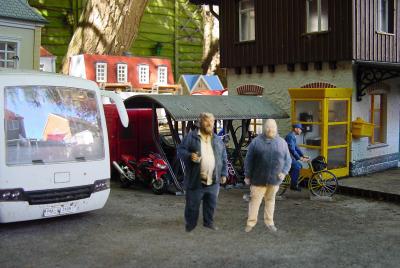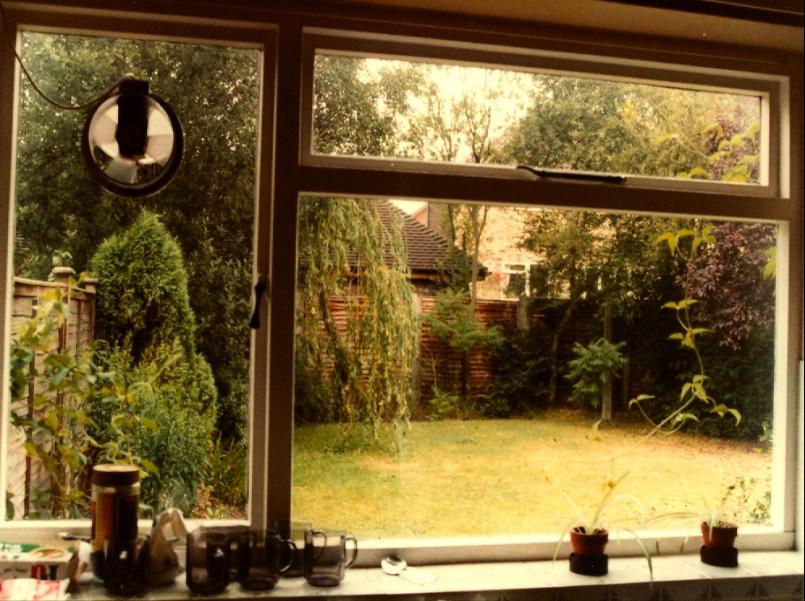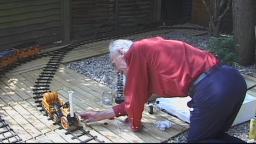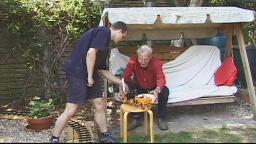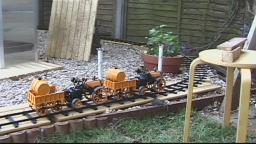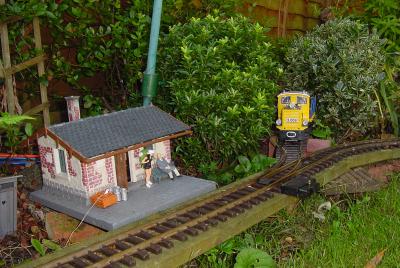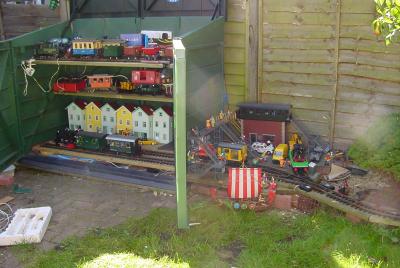|
We currently use the Massoth Dimax with Wireless Handsets for our garden, at 22V with an 8Amp capability - we can have about 5 locos running
within this limit
For our portable layouts, with trains running on level track, we use the Roco/Fleischmann Multimaus cabled or /Pro (wireless handset) versions, with 16V on track
and a 3 Amp limit. Both systems are able to use the freedom of 4-digit loco addressing and control of points/signals from the same handset.
The Roco does not, however, allow an analogue loco to be run, and is why, at Wickham in 2015, The Mini-Modular ran in analogue, and our 15 metre
Linear Modular ran in Digital and Live Steam. Our 00 loft layout changed from Zero-1 to DCC initially with the ZTC but then with the Roco Multimaus / Pro and now a Z21 option.
Wireless controllers allow freedom of movement around the garden - taking the controller to where a problem occurs, or the view is best.
|
